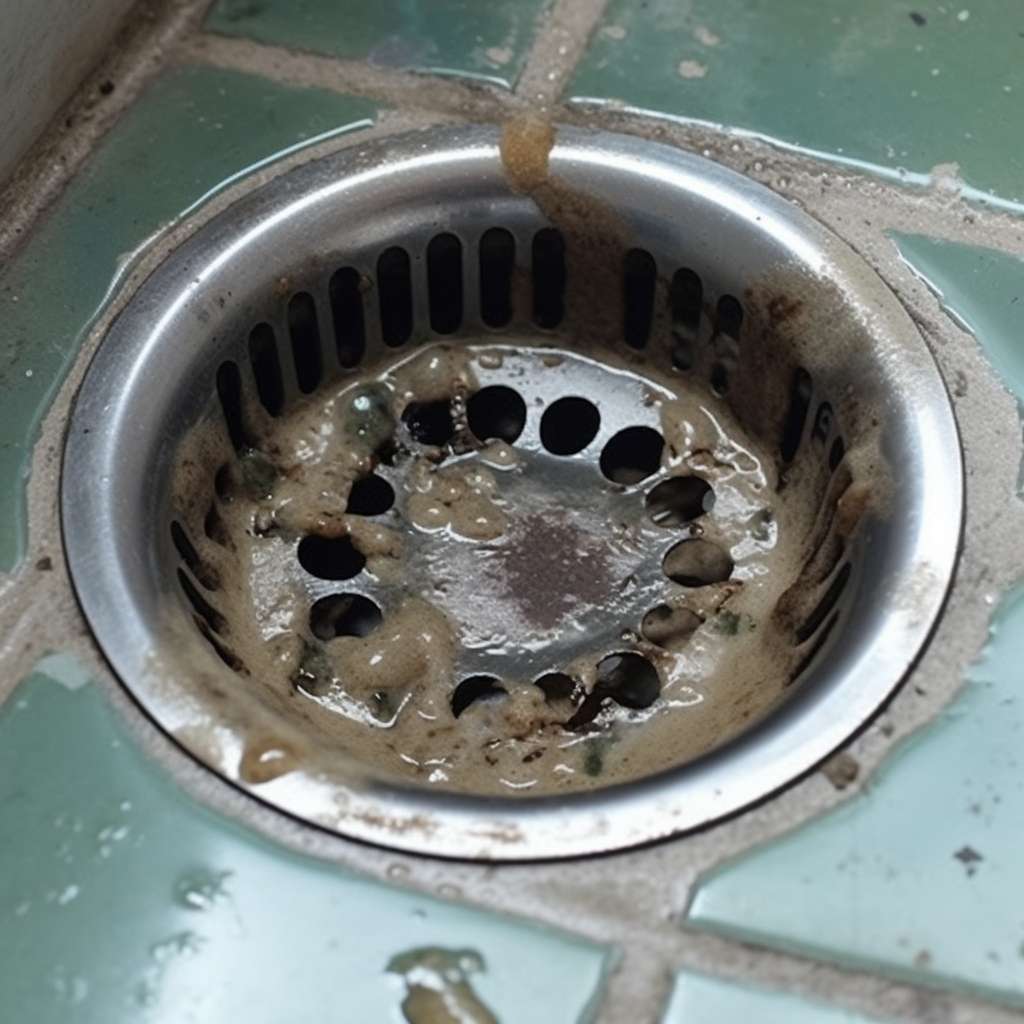Lighting placement that improves safety and task visibility
Effective lighting placement reduces slip risks, eases grooming and cleaning tasks, and supports accessibility in wet environments. This article explains how to position fixtures relative to tiles, vanity, mirrors, plumbing, and flooring to improve visibility while considering waterproofing, ventilation, and maintenance concerns.

Good lighting placement is central to safety and clear task visibility in a confined wet space. Properly positioned fixtures reduce shadows on tiles and grout, reveal changes in floor level, and improve sightlines at the vanity and around plumbing fixtures. Combining ambient, task, and accent lighting helps create a layered approach that supports ergonomics and accessibility while accounting for ventilation and waterproofing requirements. Lighting should also align with the overall layout, storage locations, and maintenance needs to provide durable, functional illumination without creating glare or blind spots.
How does lighting affect tiles, flooring, and grout?
Light direction and color temperature influence how tiles, grout lines, and ceramic finishes appear and how safely they read underfoot. Low-angle light across the floor surface can highlight small changes in level, grout erosion, or moisture on flooring that might indicate drainage problems or coating failures. Matte ceramics diffuse light and reduce glare, while glossy tiles can create reflections that mask wetness. Choose fixtures that deliver even ambient light with supplemental low-glare task sources so textures and grout remain visible for cleaning and maintenance, supporting long-term waterproofing and surface integrity.
What lighting supports safe use around vanity and mirrors?
Vanity and mirror areas require focused, shadow-minimizing light for grooming tasks. Vertical fixtures mounted either side of a mirror or a lighted mirror at eye level provide even illumination across the face and reduce the need to lean forward, helping ergonomics. Overhead downlights alone often cast shadows; combine them with sconces or integrated vanity lights. Waterproof rated fixtures should be chosen for proximity to sinks and mirrors, and wiring must consider ventilation placement to avoid condensation-related issues near exhaust fans.
Which fixtures and layout improve task visibility and ergonomics?
Task lighting over showers, tubs, and work surfaces should be positioned to illuminate the task without shining directly into users’ eyes. Recessed fixtures can provide diffuse ambient light while adjustable wall-mounted or pendant fixtures create targeted illumination for specific tasks. Consider fixture height and beam spread in relation to ceiling height and vanity placement to support ergonomic posture. Proper layout balances evenly distributed ambient light with higher-intensity task lights for shaving, applying makeup, or cleaning, while ensuring all fixtures meet the appropriate IP rating for wet or damp zones.
How to integrate lighting with plumbing, drainage, and waterproofing considerations?
Lighting placement must respect plumbing routes, water sources, and drainage slopes. Keep electrical boxes and fixtures outside splash zones where possible, and select IP-rated fixtures where proximity to water cannot be avoided. Surface-mounted fixtures and conduit runs should avoid interfering with ventilation ducts or access to plumbing for maintenance. Lighting installers and plumbers should coordinate during renovation to prevent creating obstacles to drainage or compromising coatings and sealants around tubs and fixtures, preserving waterproofing and reducing long-term moisture risks.
How can lighting support accessibility, storage, and maintenance?
For accessibility, consistent lighting levels help users with reduced vision navigate changes in level, reach storage, and operate taps and handles. Nighttime pathway lighting at low levels can indicate the location of storage, toilets, and shower entrances without causing glare. Motion-activated or dimmable fixtures aid usability and reduce energy use. Position lights so that access panels and storage compartments are illuminated for maintenance tasks; avoid hard-to-reach fixtures that complicate bulb replacement or cleaning and could increase long-term maintenance costs.
What sustainable lighting choices help during renovation and coatings selection?
Select energy-efficient LED fixtures with high color-rendering index to accurately show grout and tile tones, aiding material selection and coatings application during renovation. LEDs produce less heat, reducing load on ventilation systems and minimizing effects on moisture-sensitive coatings. Durable, sealed fixtures reduce replacement frequency and protect against corrosion in humid conditions. Consider dimmable controls and sensors to lower energy use and extend fixture life, and coordinate light placement with surface coatings and sealants to ensure seconds of glare or reflection do not mask moisture or defects.
A well-planned lighting layout blends ambient, task, and accent sources to improve safety, task visibility, and accessibility while respecting fixtures, plumbing, drainage, and waterproofing. Integrating lighting decisions early in renovation helps align ergonomics, storage, ventilation, and maintenance needs, supporting durable, easy-to-use spaces with better visibility and fewer hidden hazards.





